Japan is a country with a long history and several iconic monuments to show that history. If you are interested in exploring the country’s deep history and rich culture, ensure your Japan itinerary allows you to explore more than Tokyo.
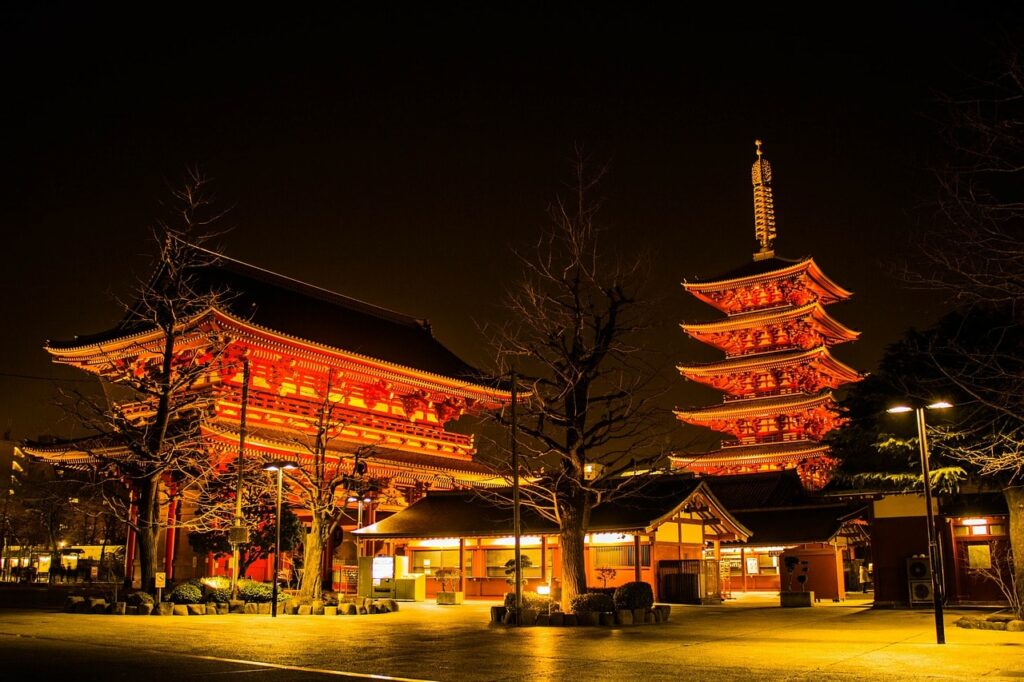
Tokyo, the capital city is a great place to start, but you need to know how to plan a trip to Japan to enjoy the many places and activities the country offers.
WHAT IS IN THIS POST
Tokyo Imperial Palace
The Imperial Palace is one of the most popular attractions among tourists and a great place to commence your journey through time in Japan. The palace is currently the home of the Emperor and Empress of Japan and combines traditional architecture with modern brilliance. It is surrounded by stone walls, moats, and beautiful gardens that are common sights on postal cards.
Standing in front of Tokyo Imperial Palace, you can’t help but notice the contrast with the high-rise buildings around it. The area is the Marunouchi business district and a short walk to Tokyo Station. There is also a 5-kilometre circuit around it, which is very popular among runners. Since the Imperial Palace is the home of the Japanese monarchy, the inner grounds are open to visitors only twice a year. On other days, you can only access selected areas like the East Gardens and Outer Garden.
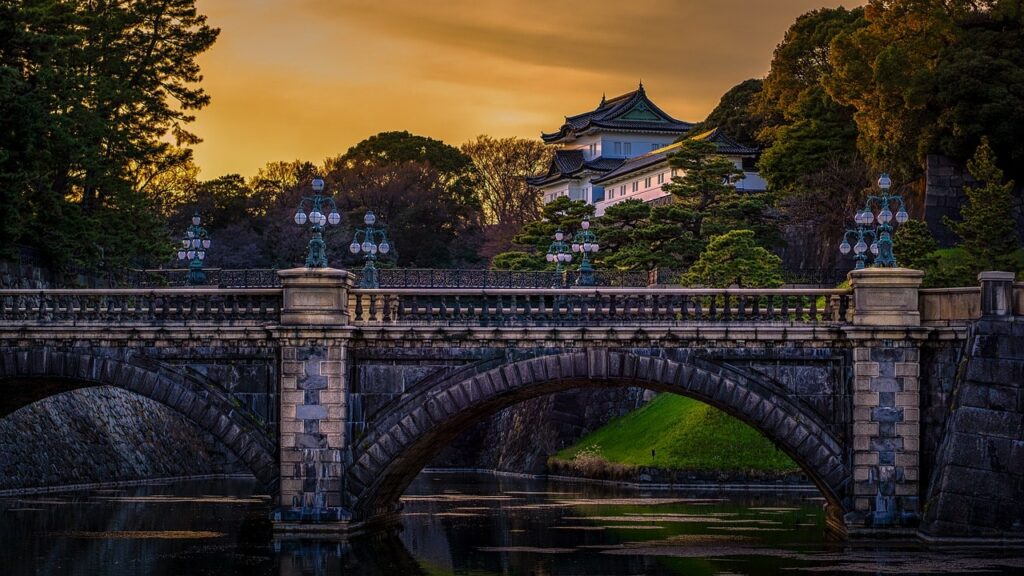
Nijo Castle
If you want to explore Japanese history beyond Tokyo, Kyoto is one of the best places to visit. A Tokyo to Kyoto train will cost about $146 and will last about 2 hours. Once you get to Kyoto, you have options ranging from castles to shrines and temples. Since castles form an integral part of Japanese history, you can start your adventure from Nijo Castle, which is regarded as a National Treasure.
Nijo Castle was built by Toyotomi Hideyoshi in 1603 as a retirement residence for the shogun Tokugawa Leyasu. It has two main and three minor baileys, connected by gates and paths. You can almost imagine yourself in the 17th century as you walk through the donjon, audience hall, tea house, and the residences for the lord and his retainers. The buildings are not the same as the ones then, though. The castle was burned down in the mid-18th century during the Onin War. The current structures were reconstructed in the Edo period, so the influence of that period can be noticed in the materials used.
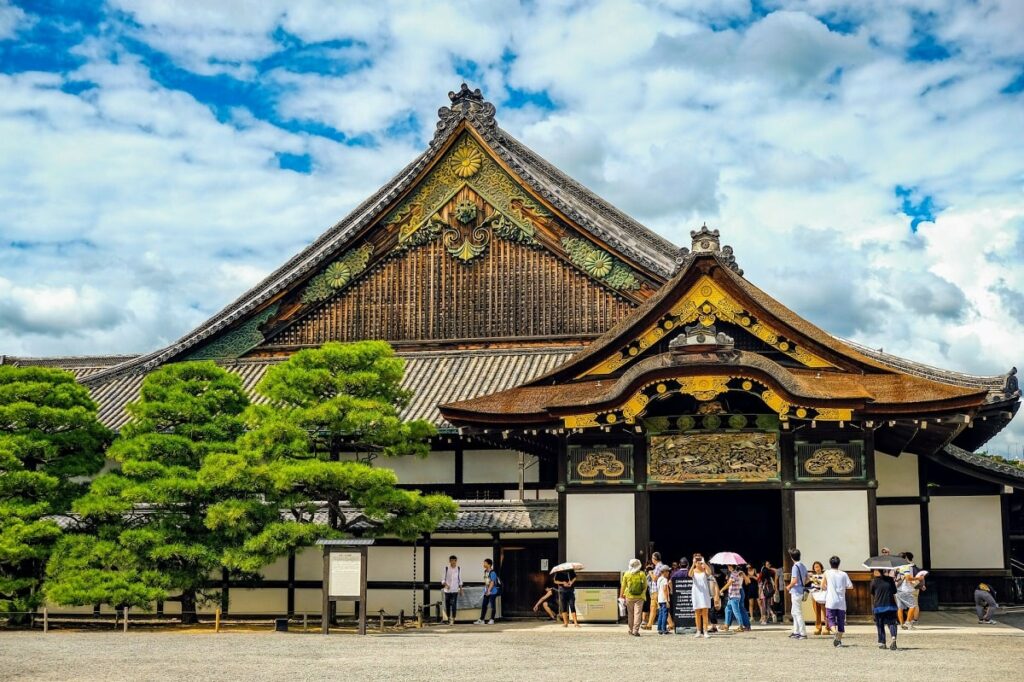
Photo by Eleonora Albasi on Unsplash
Ueno Park
There is arguably no better place to learn history than museums, and Ueno Park is the place to go if you want easy access to multiple museums in Japan. The district is home to the Tokyo National Museum, which holds national cultural treasures from early Japanese times to the present. There are over 100,000 items in this museum, including statues, art, weapons, and others. There is also the National Museum of Nature and Science, where you can view exhibits on space exploration.
In the same Ueno Park, there is the Tokyo Metropolitan Art Museum. Like the National Museum, it also holds objects spanning many Japanese history periods. Going through these objects within a short time frame will give you a nostalgic feeling that will make you consider if you ever lived during that historical period. Other museums to check out in the district include the National Museum of Western Art and the Shitamachi Museum. Apart from the museums, you should spend some relaxing time at the park, and if you have kids in your group, they will enjoy visiting the zoo.
See: Hidden Gems of Asia
Sensoji Temple
Japanese history is rich in religiosity and spirituality. It is, therefore, no surprise that the country has an abundance of temples and shrines. One of the oldest temples in the country is the Sensoji Temple, also known as Asakusa Kannon Temple. It was founded in 645 and has become a famous tourist attraction in the capital city. The temple is beautiful and draws the admiration of thousands of tourists yearly.
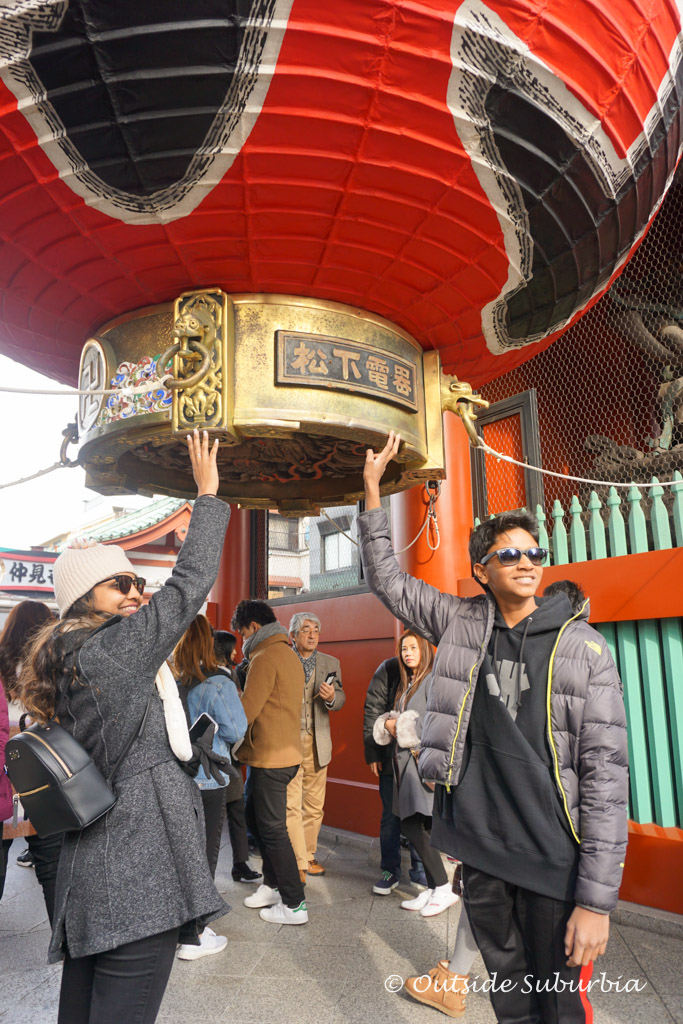
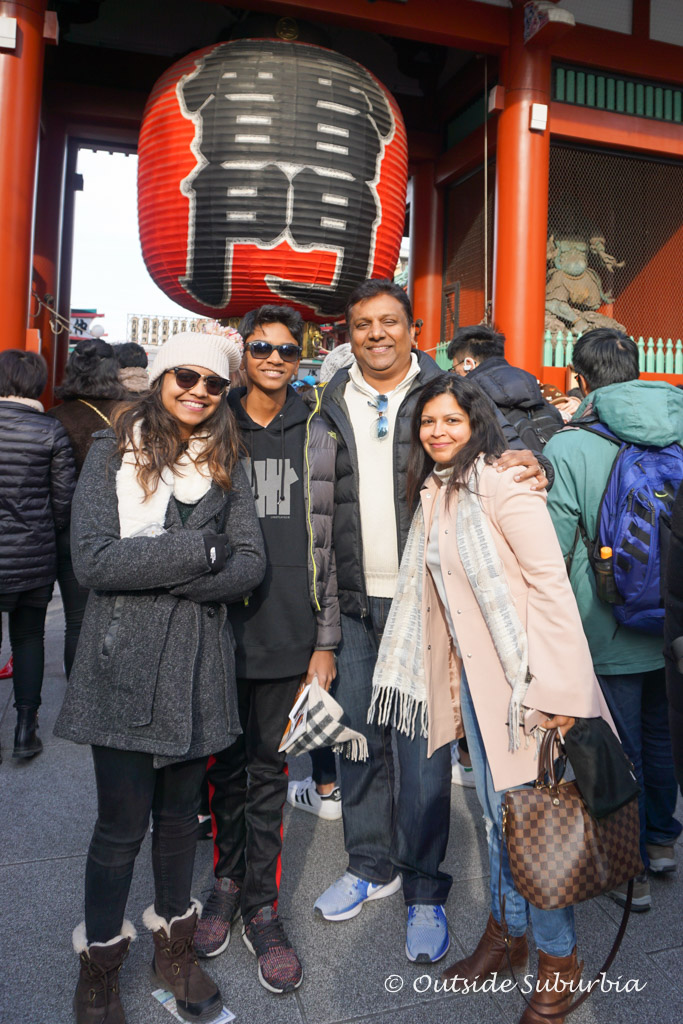
Sensoji Temple’s importance in Japanese history is not only associated with its age. The temple is also of significant importance to Buddhists in the country as it is dedicated to the Buddhist god, Kannon. The temple is large, featuring a five-story pagoda, a main hall, and gardens. The most iconic spot in the temple, though, is the large red gate known as Kaminarimon. Notably, Sensoji Temple holds a large number of statues and religious artifacts that visitors can view.
Mount Fuji
Finally, we have Mount Fuji. This monument broods no argument as it is the most famous landmark in the country. Apart from being a familiar figure on postcards, Mount Fuji also holds significant importance to locals. They trace its history to ancient times, with the monument playing important roles in Japanese mythologies. A common fact that cannot be overstated is that Mount Fuji is the highest mountain peak in the country, with a height of 3776 metres.
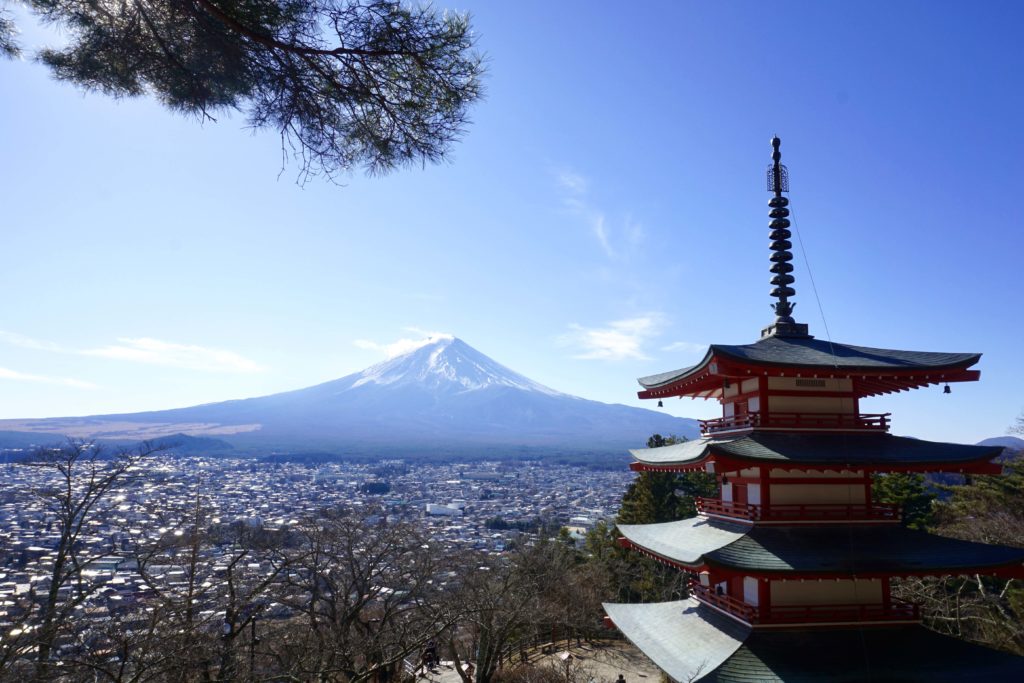
If you are on an adventure to journey through time in Japan, you should prepare to explore all Mount Fuji offers. Exploring through a tour guide or in a group is advisable so you can learn the history and stories about the mountain. If you plan to climb the mountain, you should schedule your visit to fall during the climbing season, which is from July to September. Take time to revel in being on one of the world’s most popular mountain peaks. Fun fact – Mount Fuji was named a UNESCO World Heritage Site in 2013.

Exploring the history of Japan through monuments can almost feel like you are traveling back in time. From castles and shrines to castles, zen gardens and mountains, a lot of Japanese history can be told through iconic monuments across the country.
It is impossible to see every remarkable Japanese monument on one trip, so plan your itinerary to see the ones closest to one another during each trip to the country.
Featured Image by: 西坂 真秀美 from Pixabay
You might also like:
Our 2 week Japan Itinerary
10 Best places to see Mt. Fuji
Best Luxury Ryokan in Kyoto
Fushimi Inari Shrine
One day in Nara
See this post about all the Japanese Food we tried during our trip!
PIN IT FOR LATER
Note: This post may contain affiliate links, partnership or sponsored content. If you purchase an item via one of these links, we may receive a small commission at no extra charge to you. But as always images and opinions are our own. For more information on our affiliates and privacy policy at Outside Suburbia see here.
CONNECT WITH US
